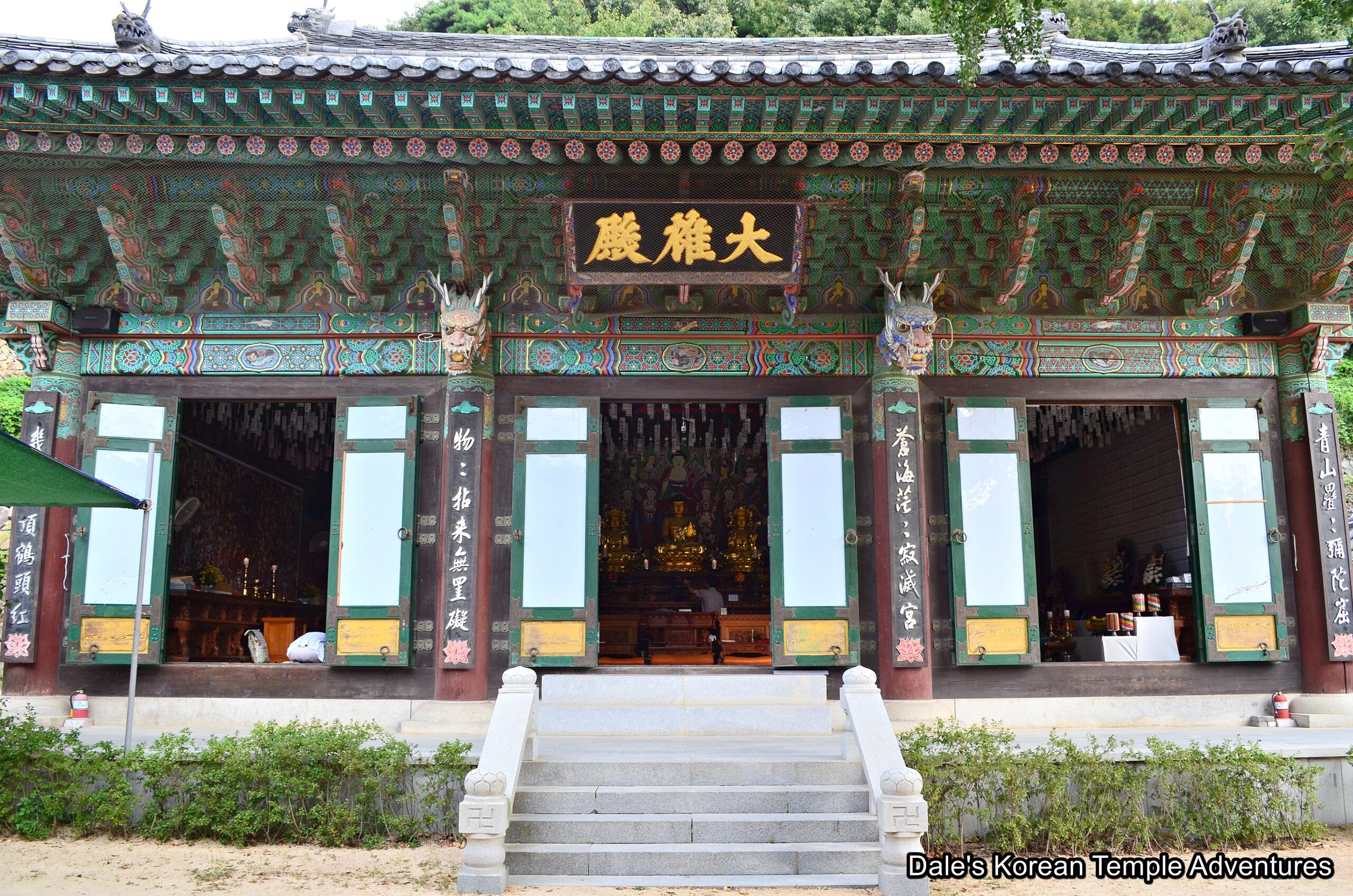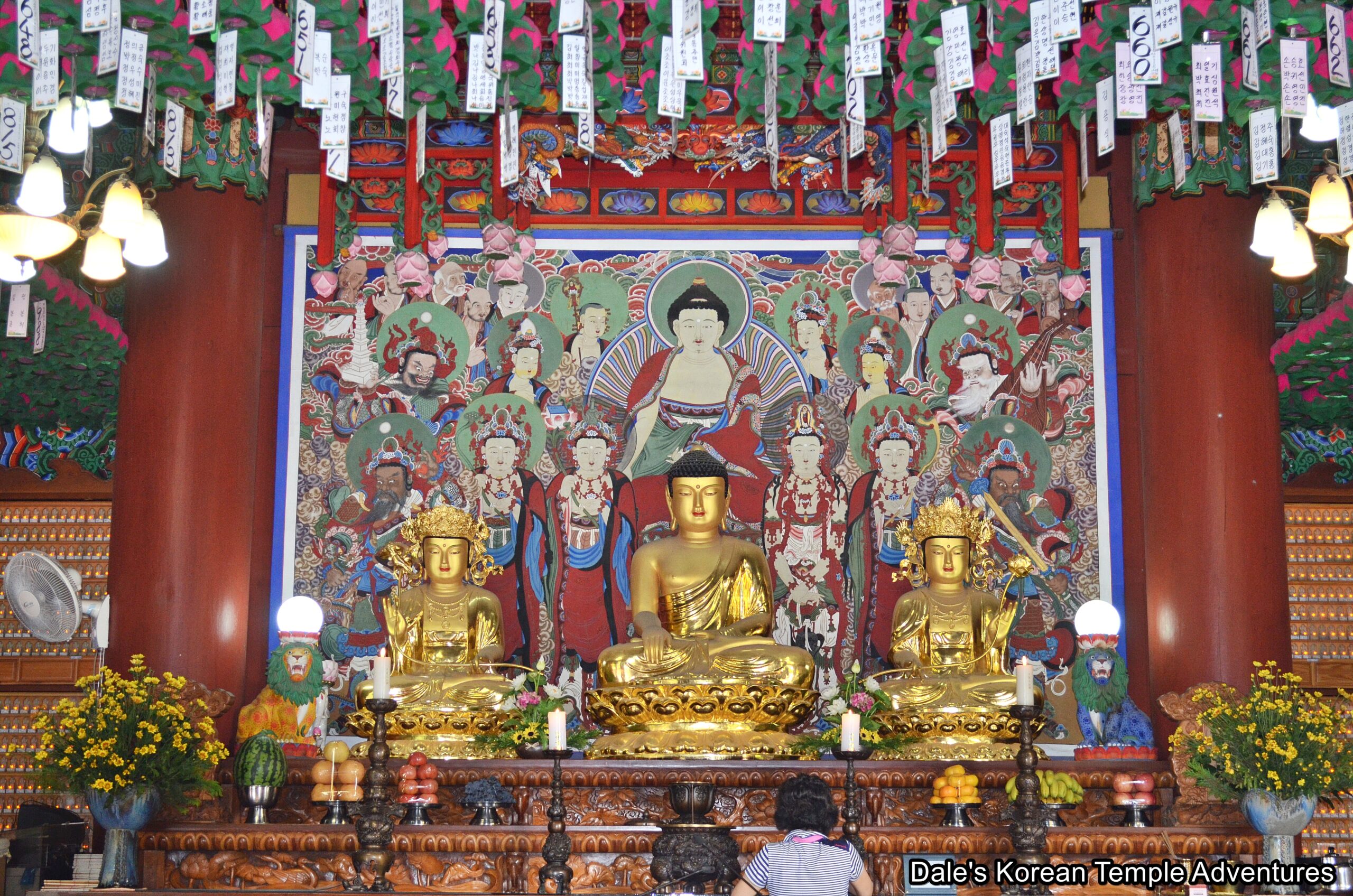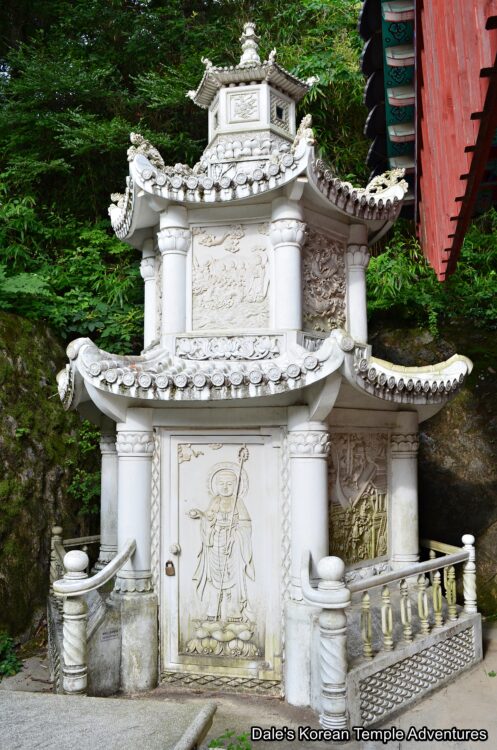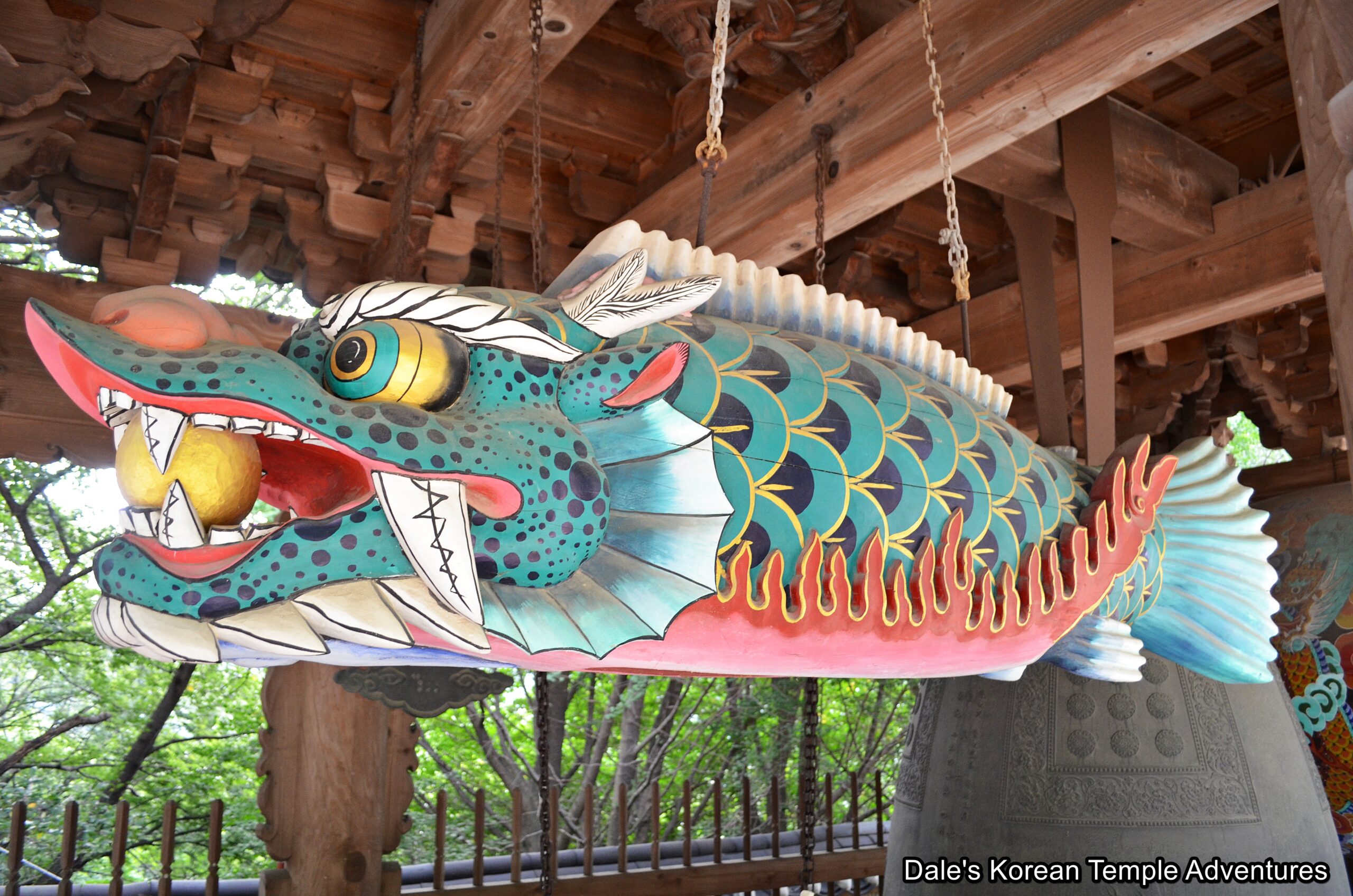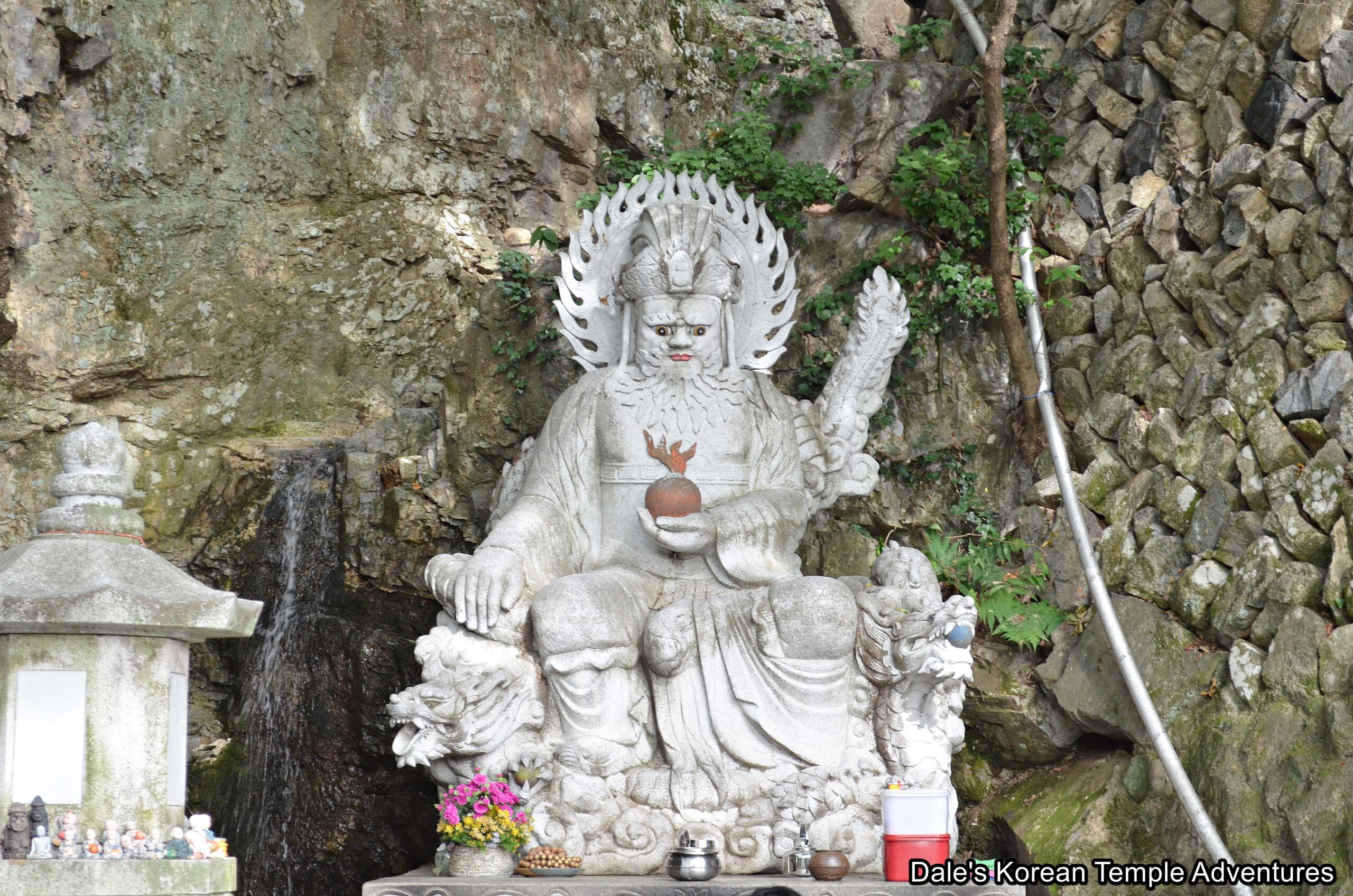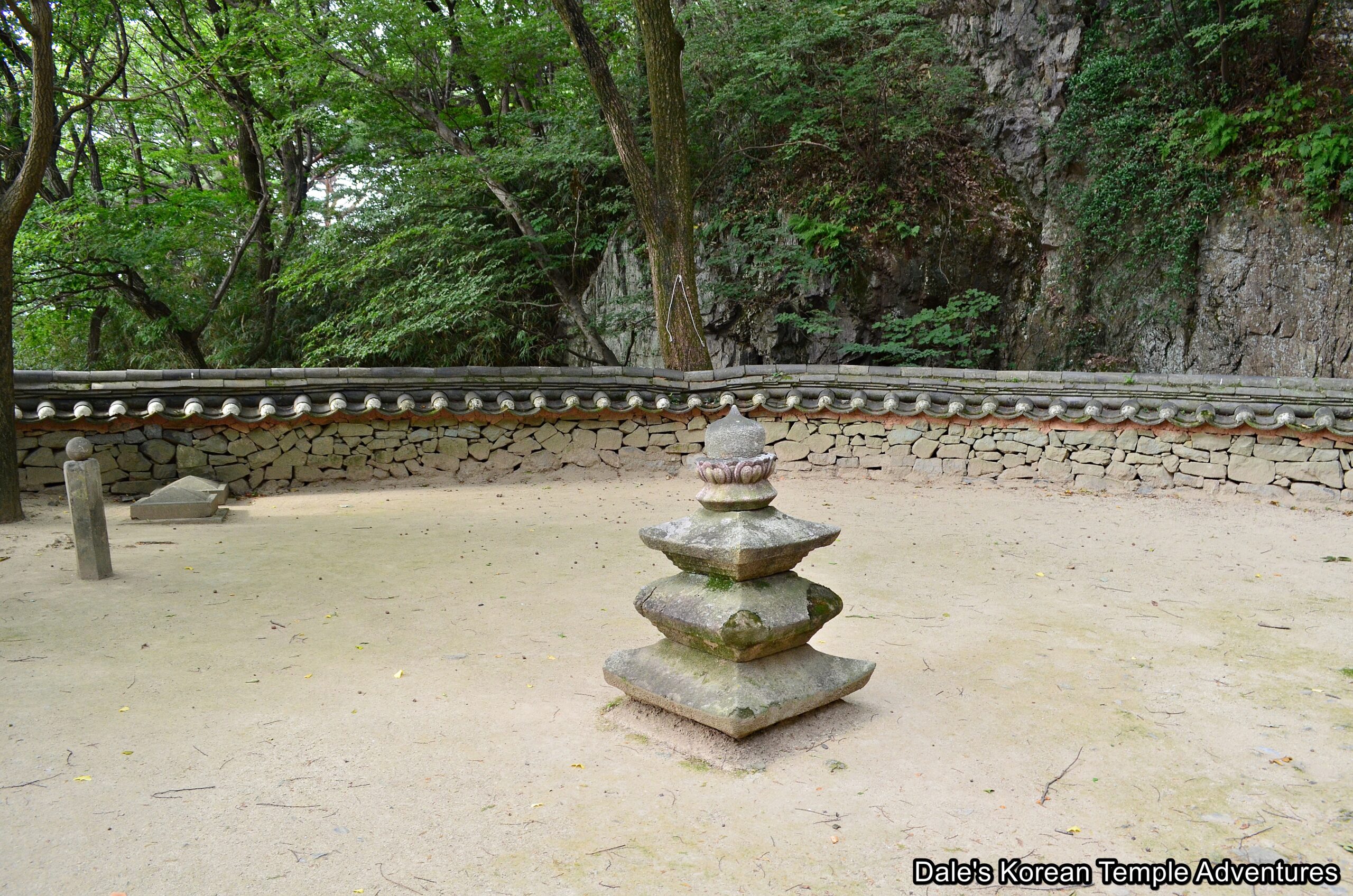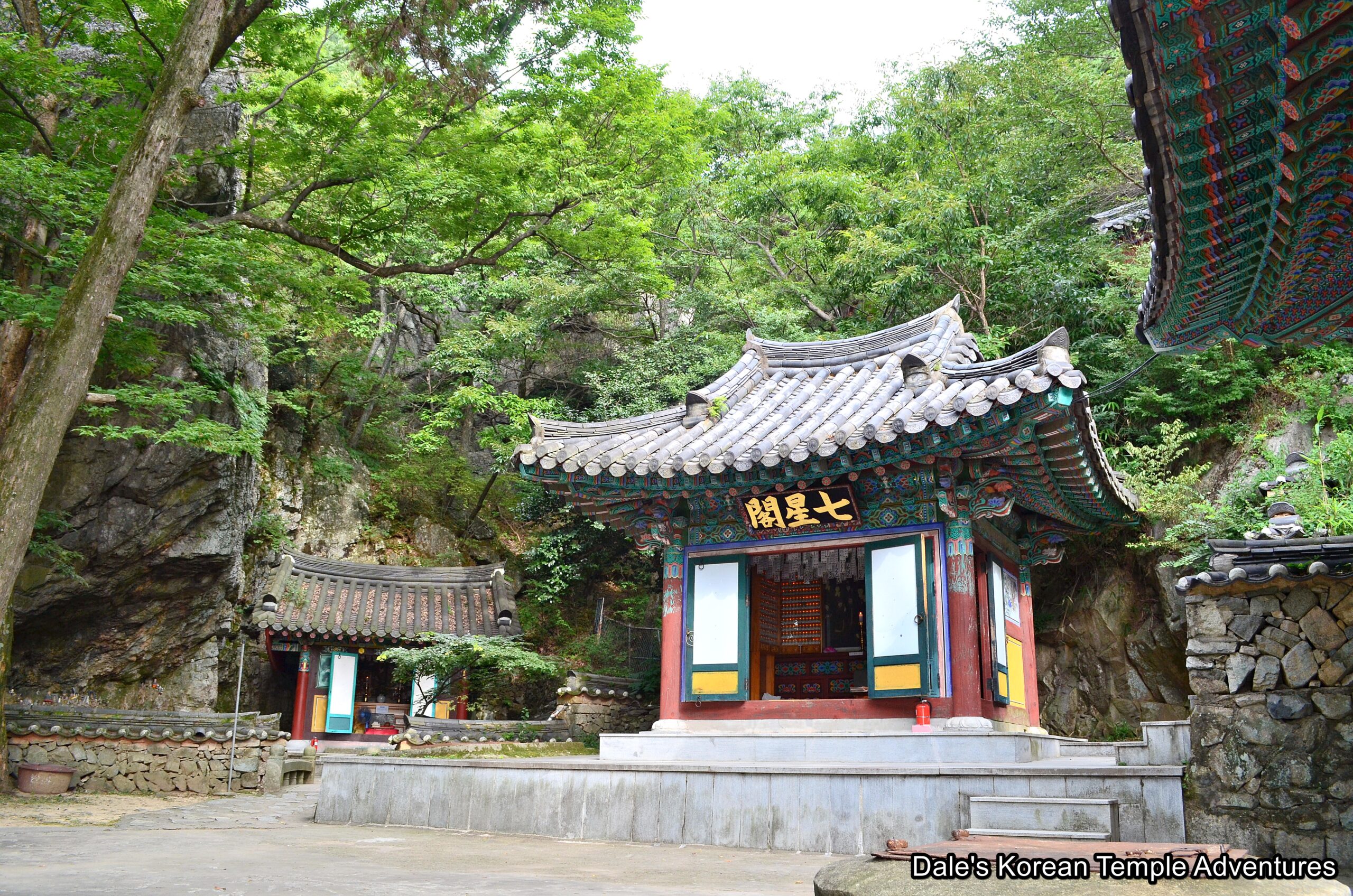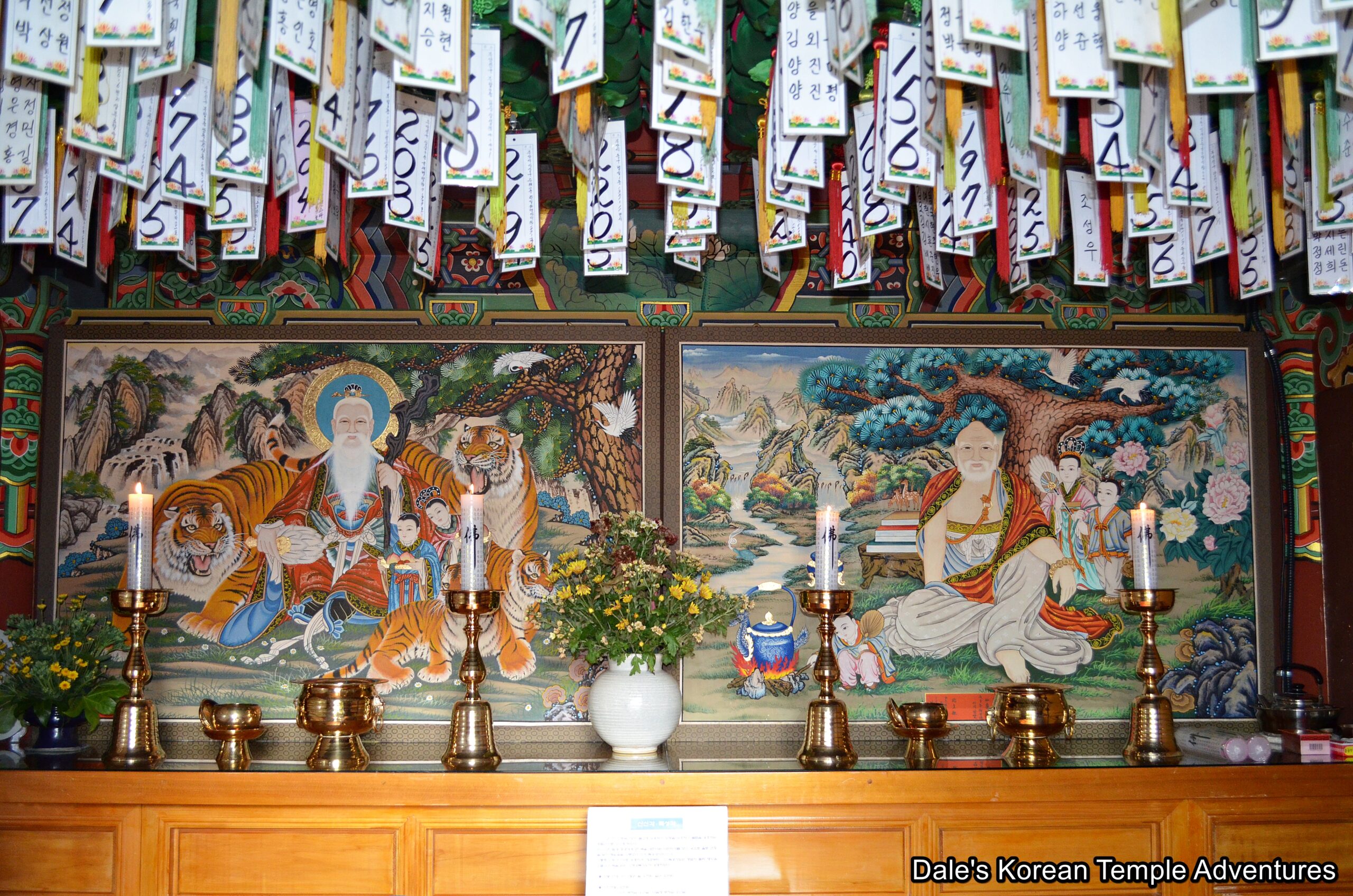Seonamsa Temple – 선암사 (Busanjin-gu, Busan)

Temple History
Seonamsa Temple is located in Busanjin-gu, Busan on Mt. Baekyangsan (642 m). There is some dispute as to when Seonamsa Temple was first built, but it’s estimated to have first been built during Later Silla (668-935 A.D.). According to one legend, Seonamsa Temple was first established by the famed monk Wonhyo-daesa (617-686 A.D.) in 675 A.D. Originally, the temple was called Gyeongangsa Temple.
Before the 15th century, the temple was relocated to its current location and renamed Seonamsa Temple. In fact, it was renamed Seonamsa Temple in 1483 by the monk Gakcho. Seonamsa Temple, in English, means “Immortal Rock Temple.” The name is in reference to its current location on Mt. Baekyangsan. Because the temple is high up in the mountains with a view of the sea off in the distance, it’s believed to be a perfect place for Sinseon (Spirit Immortal) to live. Since the 15th century, Seonamsa Temple has been reconstructed and rebuilt several times during the Joseon Dynasty (1392-1910).
Seonamsa Temple is home to a handful of Busan Cultural Properties like a Joseon Dynasty Gwaebul (Large Buddhist Banner Painting). And it also participates in the popular Korean Temple Stay Program (in Korean).
Temple Layout
At a bend in the road, and up a long steep set of stairs past the Iljumun Gate, you’ll step into the large temple grounds at Seonamsa Temple. Directly in front of you is the large Daeung-jeon Hall. Adorning the exterior walls are simplistic, yet elegant, Shimu-do (Ox-Herding Murals). They are joined by some distinctive wooden dragon-heads that have the tiniest of claws protruding out from near their outstretched necks near the Daeung-jeon Hall’s signboard. Stepping inside the Daeung-jeon Hall, you’ll immediately be welcomed by an intricately designed Shinjung Taenghwa (Guardian Mural). And resting on the main altar is a triad centred by Seokgamoni-bul (The Historical Buddha). This statue is joined on either side by Munsu-bosal (The Bodhisattva of Wisdom) and Bohyeon-bosal (The Bodhisattva of Power). And to the left of the main altar is a statue of what looks to be Dokseong (The Lonely Saint) holding a fan.
To the right of the Daeung-jeon Hall are the monks quarters. And to the left of the Daeung-jeon Hall is the Gwaneum-jeon Hall. Housed inside this rather long shrine hall is a statue dedicated to Gwanseeum-bosal (The Bodhisattva of Compassion) under a low-lying golden canopy.
Next to the Gwaneum-jeon Hall is the temple’s Myeongbu-jeon Hall. Sitting on the main altar is a green haired statue dedicated to Jijang-bosal (The Bodhisattva of the Afterlife). Joining this statue in the Judgment Hall are some finely sculpted statues of the Shiwang (The Ten Kings of the Underworld). One of the exterior walls is adorned with the Bodhidharma and Dazu Huike (487-593 A.D.) mural. Just to the left of the Myeongbu-jeon Hall is one of the more original Korean pagodas. This pagoda seems to be dedicated to Jijang-bosal. Adorning the detailed pagoda are various animals, Bicheon (Flying Heavenly Deities), Buddhas, and Bodhisattvas.
Rounding out the temple structures in the lower courtyard, and just a little further past the Myeongbu-jeon Hall, is the Jong-ru (Bell Pavilion). Rather interestingly, there’s a wooden figure up in the eaves of the Jong-ru. This female-looking figure appears to be holding up the weight of the roof on her shoulders. And the other structure in the lower courtyard is an outdoor shrine dedicated to Yongwang (The Dragon King). The statue of the Dragon King, much like the aforementioned pagoda, seems to be the handiwork of the same mason. Yongwang is extremely detailed, and he’s cradling a flaming pearl in his left hand, while sitting upon a dragon throne.
Up another long set of narrow stairs, you’ll come to the upper courtyard at Seonamsa Temple. To your immediate left is a three-story pagoda that almost appears to be half buried in the dirt courtyard. To your immediate right is a large shrine hall. This is the Geukrak-jeon Hall, which houses a statue of Amita-bul (The Buddha of the Western Paradise) in the centre of the main altar triad. This statue is then joined on either side by Gwanseeum-bosal and Daesaeji-bosal (The Bodhisattva of Amita-bul’s Wisdom and Power). The exterior walls to the Geukrak-jeon Hall are adorned with the Shimu-do (The Ox-Herding Murals).
To the left of the Geukrak-jeon Hall is the Chilseong-gak Hall. Inside this shaman shrine hall is a black mural dedicated to Chilseong (The Seven Stars). And the Chilseong-gak Hall is joined by the Sanshin/Dokseong-gak Hall. Housed inside this shaman shrine hall are two of the better murals you’ll find of the shaman deities Sanshin (The Mountain Spirit) and Dokseong (The Lonely Saint). A unique feature to the Sanshin mural is the angelic halo that surrounds his head and the ferocity of the male and female tigers in the mural.
The final area that visitors can explore in this mountain compound is up another set of stone stairs at Seonamsa Temple. This is the temple’s Josa-jeon Hall, which houses three murals dedicated to three monks. It’s also from up here that you get a pretty great view of Busan down below.
How To Get There
From the Dongui University subway stop, which is #222 on the line #2, you’ll need to take a taxi up to Seonamsa Temple. It should cost about 4,000 won, and the taxi ride should take about ten minutes.
Overall Rating: 8/10
There’s just so much to see and explore around this lesser known temple in Busan. And it’s surprising just how little is known about Seonamsa Temple judging by its size and history. With that being said, things to keep an eye out for are the Jijang-bosal pagoda, the Yongwang statue, the angelic Sanshin mural, and the beautiful grounds themselves.

